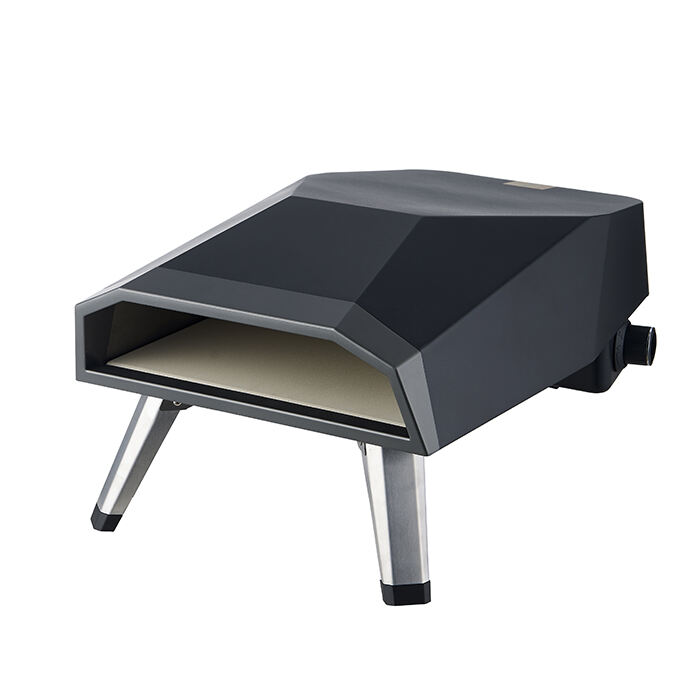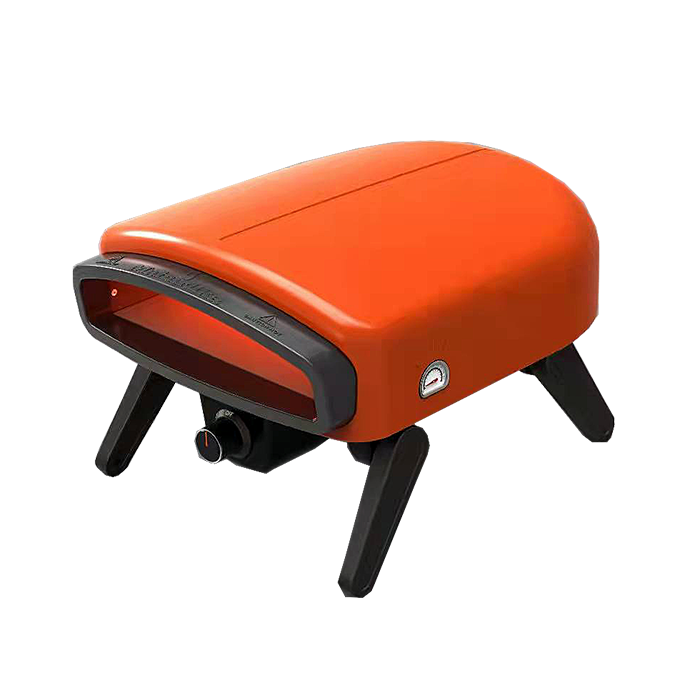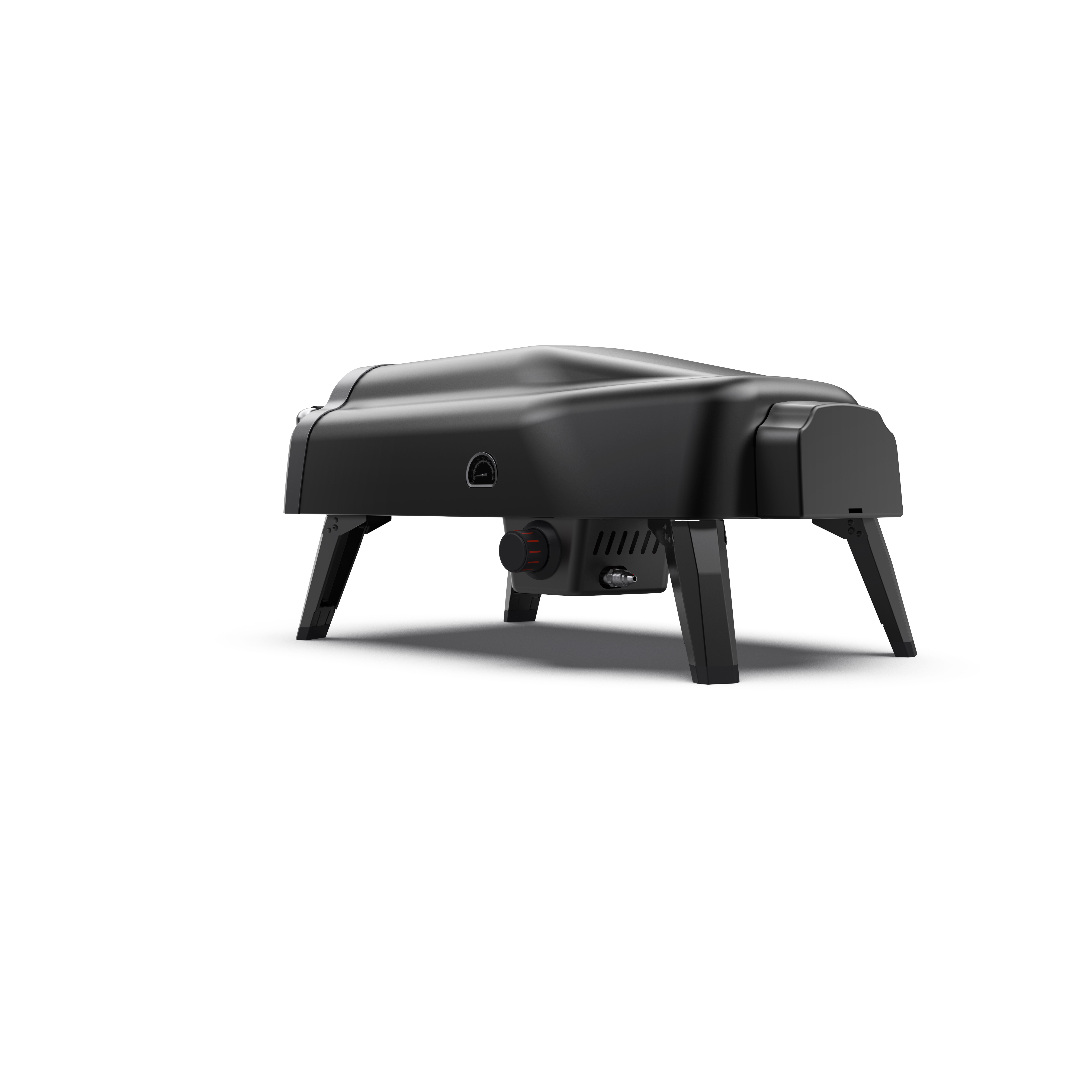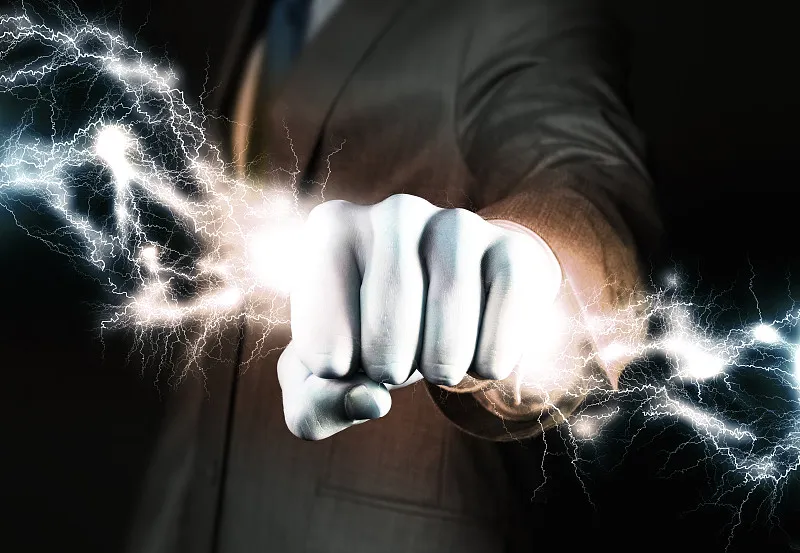High-Temperature Uniformity in Gas Pizza Oven Design for Optimal Baking Results
The Science Behind High-Temperature Baking in Gas Ovens
Impact of Thermal Uniformity on Crust Quality
Thermal uniformity is essential for achieving a consistent crust quality in pizzas, particularly when using gas ovens. With uneven temperatures, some areas may develop hotspots, resulting in sections that are overcooked while others remain underdone. Studies indicate that gas ovens, when engineered correctly, provide more stable heat distribution compared to traditional wood-fired ovens. This uniform heat distribution is key to baking a pizza with a perfect crust. Research suggests that the optimal baking temperature range is between 700°F and 900°F. Within this range, chemical reactions, such as the Maillard reaction and caramelization, occur more rapidly, enhancing the flavors and textures of the crust.
Moreover, maintaining consistent internal temperatures throughout the baking duration is critical for crust quality. Manufacturers often provide temperature retention data, demonstrating how well the oven holds these high temperatures consistently. This data substantiates the importance of thermal uniformity in high-temperature baking, ensuring pizzas have that perfect, uniformly cooked crust.
Balancing Radiant and Convective Heat Transfer
Gas ovens effectively utilize both radiant and convective heat to ensure even baking for pizzas. Radiant heat emanates from flames and heated surfaces within the oven, while convection circulates air, promoting uniform cooking. An ideal gas oven achieves a balance by incorporating reflective surfaces and fan assistance, thus enhancing heat distribution. This design helps reach optimal cooking temperatures more quickly and efficiently.
Understanding how radiant and convective heat transfer methods work together is crucial. Scientific principles indicate that the relationship between heat delivery and retention profoundly impacts how well a pizza is baked. Temperature profiles in gas ovens illustrate that achieving a balanced heat transfer can result in superior cooking outcomes, reduced bake times, and higher-quality crust finishes. By optimizing these heating methods, gas ovens can emulate the characteristics of traditional pizza ovens, delivering high-quality results.
Critical Design Features for Optimal Heat Management
Multi-Zone Burner Systems for Precision Control
Multi-zone burner systems are a revolutionary feature in gas ovens, providing chefs with the ability to create distinct heating zones for varied cooking requirements. This allows for precise temperature control across different parts of the oven, which is crucial when cooking diverse dishes. An oven equipped with multi-zone burners can efficiently maintain optimal cooking ranges and reduce energy waste by directing heat to where it is most needed. Evidence suggests ovens with multi-zone burners can cut down on cooking time by an average of 25%, a significant advantage in busy commercial kitchens. This precision not only enhances culinary outcomes but also improves overall kitchen productivity by accelerating service.
Refractory Stone Composition and Placement
The use of refractory stone materials in gas ovens is integral to achieving stable high-temperature baking. Refractory stones, such as those made from cordierite, are designed to withstand intense heat, providing thermal mass that helps retain and evenly distribute heat throughout the cooking process. The strategic placement of these stones ensures consistent cooking and browning, essential for professional-quality pizza. Studies support that cordierite particularly increases thermal durability, which translates to improved baking performance by minimizing temperature fluctuations and preventing hotspots in the oven. The result is perfectly cooked crusts and evenly baked goods, making them a favored choice among skilled pizza makers.
Insulation Techniques for Energy Efficiency
High-quality insulation is essential for maximizing energy efficiency in gas ovens, reducing heat loss, and maintaining consistent internal temperatures with lower fuel consumption. Insulation materials such as ceramic fiber or mineral wool are particularly effective, as they significantly lower the oven's external temperatures, ensuring safety and energy savings. Industry data reveals that ovens with proper insulation can reduce energy usage by up to 40% compared to poorly insulated counterparts, offering substantial economic and environmental benefits. This insulation not only conserves energy but also strengthens the oven’s thermal stability, a critical factor for businesses aiming to align with both operational efficiency and sustainability goals.
Rapid Ignition for Instant High Heat
Gas-powered outdoor pizza ovens are renowned for their rapid ignition systems, enabling them to achieve high temperatures almost effortlessly. Unlike traditional wood-fired ovens that require significant time for fuel to kindle, gas ovens can be ready to use in just minutes. This swift heat-up capability is invaluable for outdoor cooking, where quick meal preparation is often essential. Consumer reports show that convenience brought by rapid ignition has noticeably swayed public preference towards outdoor pizza ovens, contributing to a 30% increase in sales over the last year.
Adjustable Flame Control for Versatile Cooking
Adjustable flame control is a vital feature in gas-powered ovens, granting users the liberty to alter the flame's intensity to suit various cooking needs. It’s not just about achieving the ideal cooking results; it’s also a matter of safety, as different heat levels can prevent burns and overheating. Expert reviews highlight that this flexibility in flame control makes these ovens not only highly versatile for different dishes but also suitable for cooks of all levels. Thus, the capability to switch between high-heat baking for pizzas and low-temperature cooking for other dishes underscores the adaptability of these gas-powered appliances.
Portable Designs for Camping and Backyard Use
Gas-powered outdoor pizza ovens come with lightweight and portable designs that make them ideal for camping trips and backyard gatherings, offering great convenience in transport and assembly. Many models boast compact dimensions and collapsible features, allowing users to enjoy high-output cooking with minimal setup. A recent market analysis suggests that there has been a 25% increase in demand for these portable ovens, driven by families eager to adapt to versatile cooking options for their outdoor activities. Their ability to deliver quality and performance without the burden of cumbersome equipment makes them a preferred choice for outdoor culinary adventures.
Top Gas Pizza Ovens Engineered for Perfection
P200 Gas Pizza Oven: Rotating Stone Convenience
The P200 Gas Pizza Oven is celebrated for its innovative rotating stone mechanism that ensures even cooking without the hassle of manually adjusting the pizza. This feature has been applauded in various user reviews, highlighting its effectiveness in delivering consistently perfect crusts, thus enhancing user satisfaction considerably. Moreover, comparative tests have demonstrated that this oven reduces cooking time by up to 15% thanks to its efficient heat distribution. Such improvements make it an attractive choice for both amateur and seasoned pizza enthusiasts.
A-P200 Gas Pizza Oven: Compact Outdoor Performance
For those with limited space, the A-P200 Gas Pizza Oven offers a compact solution without sacrificing performance. Despite its smaller size, this oven can reach high temperatures that rival those of larger models, providing a robust cooking experience. Sales data suggests a trend towards compact models, particularly among urban dwellers who are increasingly integrating efficient small-space solutions into their outdoor kitchens. Its space-saving design makes it a pragmatic choice for efficient yet powerful outdoor culinary delights.
P140 Gas Pizza Oven: Ultra-Portable Camping Solution
Designed with adventurers in mind, the P140 Gas Pizza Oven offers an ultra-portable solution for camping and travel. Its lightweight materials and compact design make it ideal for those on the move, without compromising on cooking performance. User testimonials often praise this model for its ease of setup and significant cooking capabilities, with several users noting its perfect fit for outdoor excursions where traditional oven setups are impractical.
LQ-P302 Hybrid: Dual-Fuel Wood/Gas Flexibility
The LQ-P302 Hybrid Pizza Oven provides dual-fuel versatility with both wood and gas fuel options, allowing chefs the choice between a traditional smoky flavor and the convenience of gas. This flexibility is especially appealing as noted in industry reports that highlight the increasing appeal of hybrid models. They cater to a broader audience, from novices desiring simplicity to experienced cooks seeking varied culinary experiences, thus making them a prominent trend in outdoor cooking equipment.
LQ-P300: Commercial-Grade 14-Inch Capacity
The LQ-P300 Pizza Oven is distinguished by its commercial-grade construction and 14-inch cooking capacity, making it suitable for commercial settings that necessitate high-volume cooking. This robust model is crafted for exceptional durability and performance, accommodating multiple pizzas simultaneously, which is ideal for restaurants and large gatherings. Sales data underscore the importance of commercial-grade models in the market, serving as integral equipment for professional kitchens focused on efficiency and quality.












